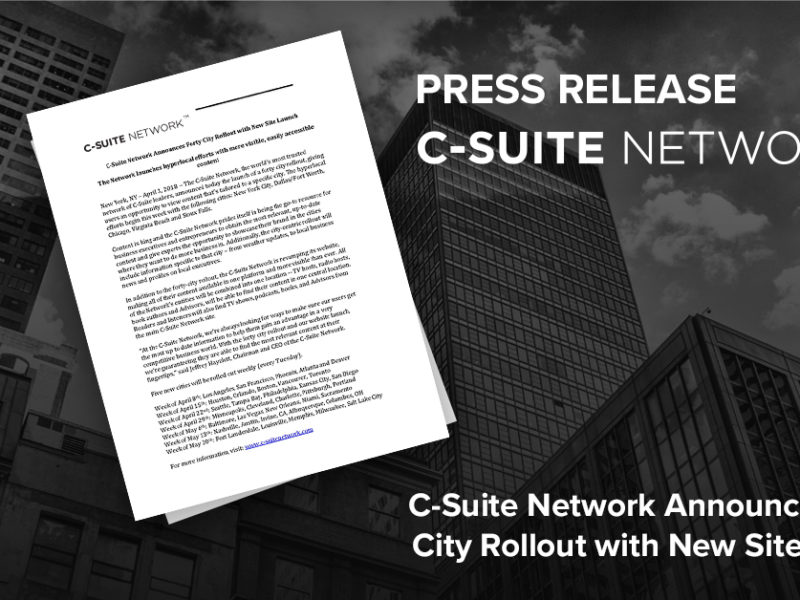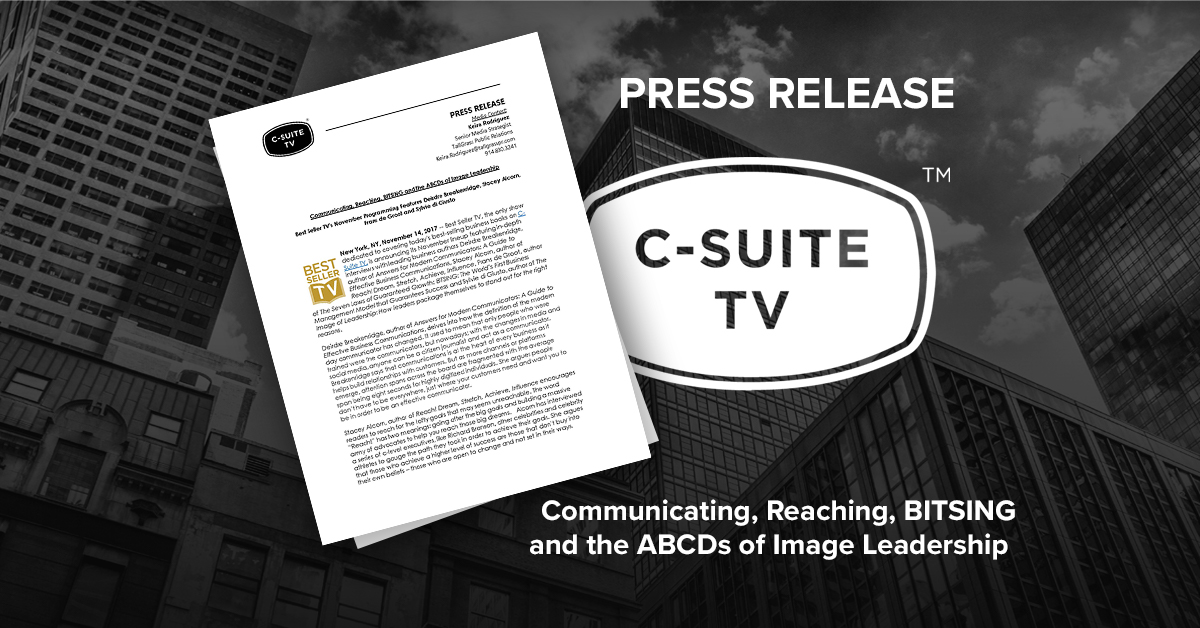
Storms
Storms https://csuiteold.c-suitenetwork.com/wp-content/uploads/2016/09/Storms_500x500.png 500 500 C-Suite Network https://csuiteold.c-suitenetwork.com/wp-content/uploads/2016/09/Storms_500x500.pngBy: Janna Hoiberg
When we were hiking the Colorado Trail one year, we hiked Mt. Oxford on day one. The morning was bright, with blue skies and warm temperatures. It was a perfect day for hiking a fourteener. We had camped part way up on the trail, hiked a bit farther, and dropped our packs in a cluster of trees. We marked the waypoint on the map (so we could find our stuff later in the day) and headed up the mountain.
The hike took us up and up, and as we got closer to the summit, we saw the storms rolling in. The clouds increased, the wind began to whip around us, and danger became real. The sight of a marker showing where someone had died on the mountain from a lightning strike brought the reality even closer to home. We started to make plans regarding how much farther we could push toward the top and still be safe.
Storms Reflect Realities
Doesn’t this reflect the realities in our business and careers?
Everything looks bright at the start. We have the new job, which includes a promotion and pay increase. We have hit the jackpot. We continue operating merrily along, basking in the sunshine of success.
Yet, there are storm clouds gathering in the distance that we haven’t recognized. We look to the distance and see only the striking blue of the sky contrasting with the beautiful, white, fluffy clouds. We are settling in and making progress—or so we think.
On a mountain, especially above tree line, it becomes fairly difficult to ignore a storm rolling in. There is little between you and those gathering clouds. Even if your head is down as you plod along, you still feel the change in temperature and the wind beginning to pick up. You still see the brightness beginning to dim. The scary thing is that above tree line, you are taller than most anything around you, and lightning likes tall objects.
How do we prepare for the storm on the mountain and the storm in business?
First, pick your head up and look at the clouds. What types of clouds are out there, and which way are they moving? How much farther to the top of the mountain? How much farther till tree line, where you won’t be the tallest thing on the mountain? You don’t want to be tallest when lightning strikes! Preparing for a storm also means carrying with you the items you need to survive bad weather and possibly an overnight stay.
That hike I just mentioned was part of a four-day backpacking excursion. Day one was the climbing a fourteener. We started off cross country, found the trail, and kept on going. The weather was great, until we got close to the top. Then the clouds came rolling in. In less than one hour we went from cloudy to stormy, to rain, lightning, hail, snow, and heavy wind. Hail hurts and hurts a lot. We finished up to and started a very quick descent down. I wanted to be at tree line as soon as possible and off that mountain pronto.
You prepare for storms in your business and career in very much the same way as you do on a mountain. Pick your head up and start looking around, so you are aware of any gathering clouds. Listen to what that boss, your co-workers, and your clients are really saying. Don’t bury your head in the sand and assume that if you ignore bad stuff it will go away. It won’t. Ask questions, and understand the implications of the answers. Ask for feedback from both peers and management. And, as always, read, read, read! Improve yourself. Learn new ways of doing things. Get out of your comfort zone. I have a lot of discussions with executives and managers about how to get people out of their comfort zone so they don’t have to be let go.
Be open to new ways of doing things, and embrace change. If you don’t embrace change, you throw yourself into a potentially major storm.
Effects Of The Storm
People make mistakes; they say and do things that are not appropriate. As a result, storms are created. Unfortunately, storms in business don’t usually pass as quickly as storms on a mountain top. The effect of storms in business can last for days, weeks, months, or even years. They can affect revenue, productivity, and profit. On the other hand, at some point storms pass, and you must let them. Storms happen; people make mistakes. So have you. Get over it, and get past the fact that the mistake affected you. Even if it was intentional, move on. You see where I am going with this: the issue once again comes back to attitude. Inability to move past a storm at work essentially leaves you permanently at the top of a mountain with a storm swirling around you—just sitting there, asking for lightning to hit. You are the only one who can remove yourself from the storm. Once again, the choice is yours.
About the Author
Janna Hoiberg is a well-known author, international speaker, and award-winning executive and leadership business coach with over 30 years’ experience in managing and operating successful businesses. She has helped businesses increase profits, grow fiscally, improve systems, and strengthen teams and executive leadership.
As the author of several books and a wide range of business articles Janna has gained recognition throughout the US as a thought leader in the unique circumstances of businesses owned and managed by one or more family member. Her book — The Family Business: How to be in Business with People you Love, Without Hating Them – is a critically acclaimed, insightful compendium of her learning throughout decades of running her own businesses, speaking and coaching work teams who just happen to be related to each other.
Her latest book: The Backpackers Guide to Business Success: Thriving in the Wilderness of Business has been a great hit. “Success seldom just happens; it takes perseverance, preparation, planning and commitment. In the backwoods, lack of perseverance, preparation and planning can make the difference between life and death. One wrong step can literally mean death. Not being physically prepared can leave you stranded on the mountain and totally lost. The same concepts are true for our businesses and careers.”







